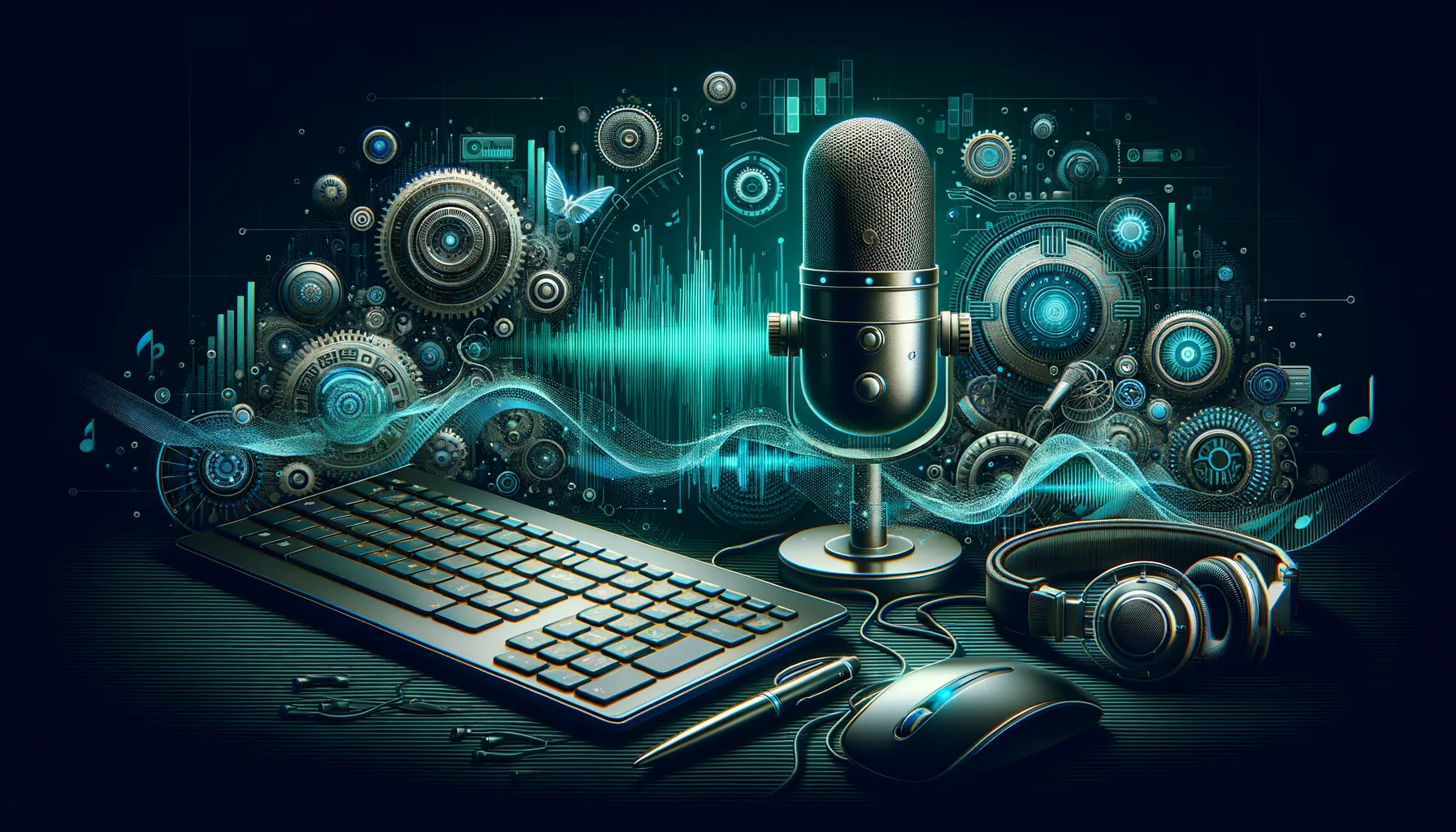Tuesday 30 July 2024, 11:00 AM
Exploring the advancements in speech recognition technology
Modern speech recognition technology has evolved from basic systems understanding numbers to sophisticated tools using ASR and NLP, improving daily life through applications in homes, cars, and healthcare.
Unraveling the Magic of Modern Speech Recognition
Have you ever imagined having a cozy little chat with your computer? Just a few decades ago, this idea might have fallen squarely in the realm of science fiction. But today, it's an everyday reality thanks to the astonishing advancements in speech recognition technology. Whether you're asking Siri for the weather forecast, telling Google to play your favorite song, or dictating a message while driving, speech recognition is making it all happen smoothly and smartly.
From Fantasy to Functionality
The journey of speech recognition technology began in the 1950s with basic systems that could comprehend only numbers. Fast forward to today, and it's a whole different ball game. The progress we've seen isn't just about computers understanding more words—it's about them understanding people better.
Early systems required users to speak very slowly and distinctly, and even then, the accuracy left much to be desired. Now, we interact with speech recognition software in a fluid, natural manner, and oftentimes, it can even pick up nuances in our language—a testament to how far we've come.
Core Technologies Behind Speech Recognition
Let's dive a bit deeper into the core technologies that make speech recognition tick. Two main components here are Automatic Speech Recognition (ASR) and Natural Language Processing (NLP). ASR converts spoken language into text, and NLP helps the machine understand what those words actually mean in context.
Deep Learning Steals the Show
The game-changer in recent times has been the application of deep learning algorithms. These algorithms use artificial neural networks modeled after the human brain to process data in complex ways. This advancement has dramatically improved the accuracy of speech recognition systems, enabling them to understand syntax, context, and even different accents and dialects.
To put it simply, deep learning allows these systems to not just hear words but to listen to a conversation much like a human does.
Practical Applications Enriching Daily Life
The implications of improved speech recognition are vast and varied. Here are a few areas where it's making a significant impact:
In Our Homes
Voice-activated virtual assistants like Amazon Alexa, Google Assistant, and Apple Siri have become household staples. They help us manage our homes, from adjusting thermostats to locking doors, all without lifting a finger.
In Our Cars
Advanced voice command systems in vehicles allow drivers to stay connected without compromising safety. You can make calls, send messages, or get directions hands-free.
In Healthcare
Speech recognition is being used to revolutionize healthcare documentation. Doctors dictate their notes, and the system accurately transcribes these into patient records, saving time and improving record accuracy.
Tackling Challenges and Enhancing Accuracy
Despite the leaps and bounds by which speech recognition has advanced, some challenges remain. For instance, background noise, speech impediments, and heavy accents can still confuse systems. However, ongoing research is making strides in addressing these issues. Techniques such as voice biometrics are being refined to improve system adaptability and accuracy under varied conditions.
Another focus area is privacy concerns. As much as we enjoy the convenience of voice-activated systems, the thought of being constantly listened to can be unsettling. More robust privacy features and clearer user controls are being developed to ensure that speech recognition technologies can be trusted as well as enjoyed.
The Future is Speaking
What could the future hold for speech recognition technology? Think of even more personalized interactions. As systems become better at understanding different dialects and languages, the reach of this technology will expand, making it more inclusive globally.
Moreover, as the Internet of Things (IoT) continues to evolve, the integration of speech recognition with other technologies promises even more seamless connectivity. Imagine a world where you can talk to your fridge about what’s inside it, or your mirror can give you news updates.
Conclusion
The advancements in speech recognition technology signify a remarkable shift from basic digit recognition to sophisticated dialogues with machines. This technology not only makes our lives easier but also bridges communication gaps, fostering a world where technology truly understands human language.
As we look ahead, the potential for further innovation is immense. With continuous improvements, there's no telling just how fluent this communication can get. As we continue to explore these capabilities, one thing is sure—the conversation with technology is only going to get more engaging.

